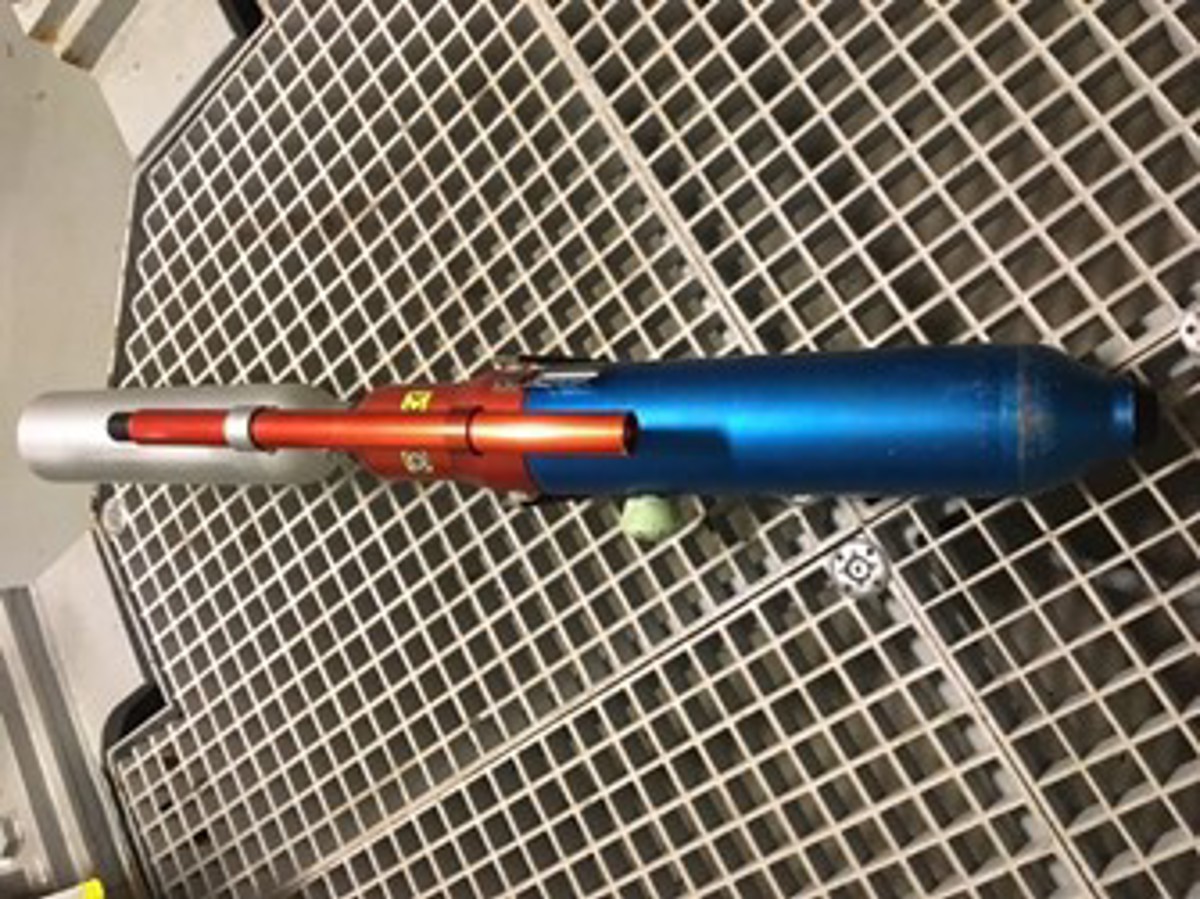Inappropriate use of pneumatic line thrower for mooring line
- Safety Flash
- Published on 23 February 2021
- Generated on 14 July 2025
- IMCA SF 06/21
- 2 minute read
Jump to:
While mooring a vessel, crew attempted several times to throw a mooring line using a Pneumatic Line Thrower (PLT), during which two of the “bullets” disappeared and a window was broken at a warehouse building approximately 100 metres from the vessel.
What happened?
During mooring operations crew on a vessel used a pneumatic line thrower (PLT) to throw a mooring line. Several attempts were made, of which one was successful.
Two of the “bullets” disappeared and a window was broken at a warehouse building, approximately 100 metres from the vessel.

Disabled audible fire alarm
What went wrong?
- There was no toolbox talk before the mooring operation.
- There was a change of plan during the mooring operation: it proved impossible to get a heaving line to the quayside and so a PLT was used, which was not a part of mooring equipment.
- The PLT was not used according to manufacturers instructions or recommendations.
- The use of the PLT was not covered in the existing risk assessment for mooring operations.
- There was inadequate communication with the mooring team onshore.
- No-one stopped the job; no-one thought through or assessed the potential risks of using the PLT.
What lessons were learned?
- Pneumatic line throwers ought not be used during mooring operation alongside quay, due to the increased risk to people and property.
- Develop a solution to get a heaving line ashore from vessels with a covered forecastle, without using a PLT.
- Ensure changed plans are managed using a Management of Change process; ensure appropriate risk assessment and toolbox talks are carried out before mooring operation.
- Reiterate duty to stop the job and intervene if unsafe work is taking place.
Actions
Members may wish to refer to:
- IMCA HSS029 Mooring practice safety guidance for offshore vessels when alongside in ports and harbours
- Video: HSS026 Toolbox talks
- Short “Be prepared to work safely” video on Toolbox talks
Related Safety Flashes
-
IMCA SF 30/19
17 December 2019
-
-
IMCA SF 20/15
3 December 2015
IMCA Safety Flashes summarise key safety matters and incidents, allowing lessons to be more easily learnt for the benefit of the entire offshore industry.
The effectiveness of the IMCA Safety Flash system depends on the industry sharing information and so avoiding repeat incidents. Incidents are classified according to IOGP's Life Saving Rules.
All information is anonymised or sanitised, as appropriate, and warnings for graphic content included where possible.
IMCA makes every effort to ensure both the accuracy and reliability of the information shared, but is not be liable for any guidance and/or recommendation and/or statement herein contained.
The information contained in this document does not fulfil or replace any individual's or Member's legal, regulatory or other duties or obligations in respect of their operations. Individuals and Members remain solely responsible for the safe, lawful and proper conduct of their operations.
Share your safety incidents with IMCA online. Sign-up to receive Safety Flashes straight to your email.